As we know, there are various outcomes during election season, with uncertainty in each round. The Upshot is currently using a simulation to show the expectations of tonight.
These estimates, which include states that have not yet reported all their votes, are based on several factors: Our expectations of every candidate’s performance, the voting results in other states and the demographic makeup and historical voting patterns of voters in each state. As votes come in, we expect the uncertainty around our estimates will narrow.
Nice.

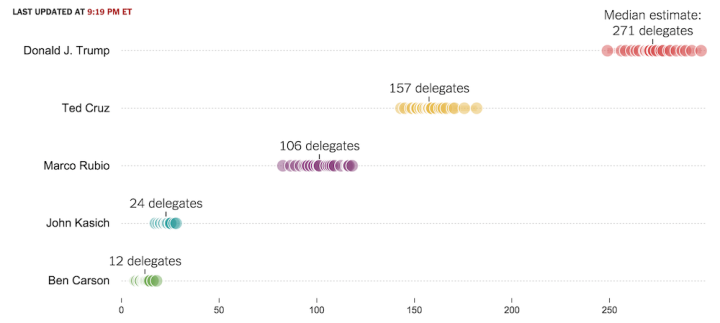
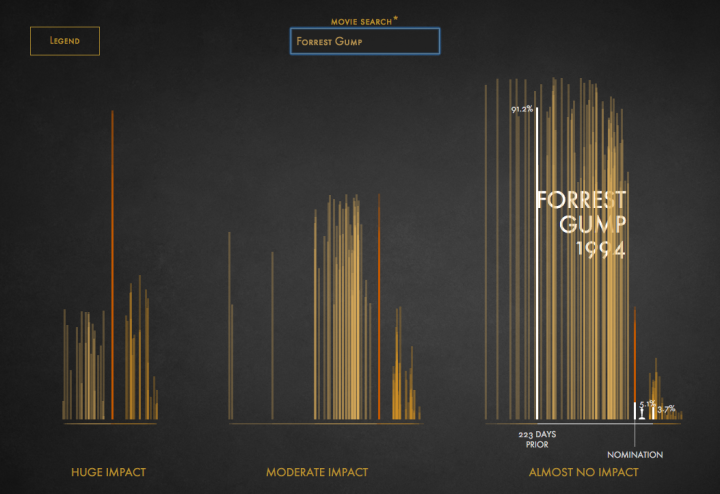
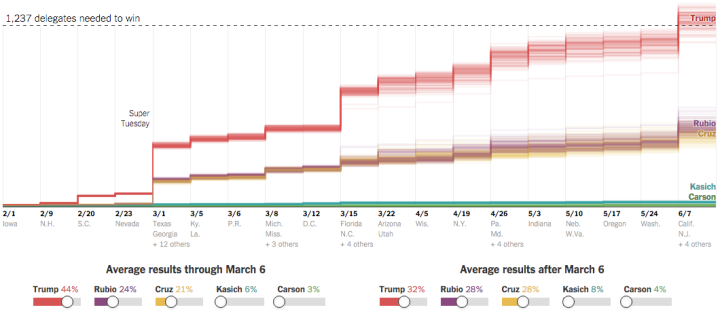
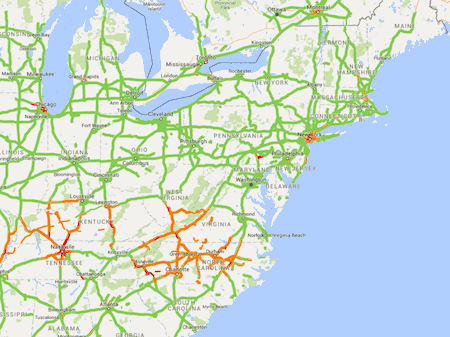 Alyson Hurt quickly wrote some code to
Alyson Hurt quickly wrote some code to 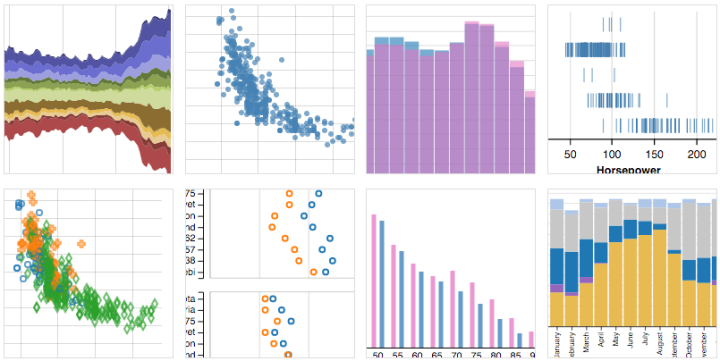

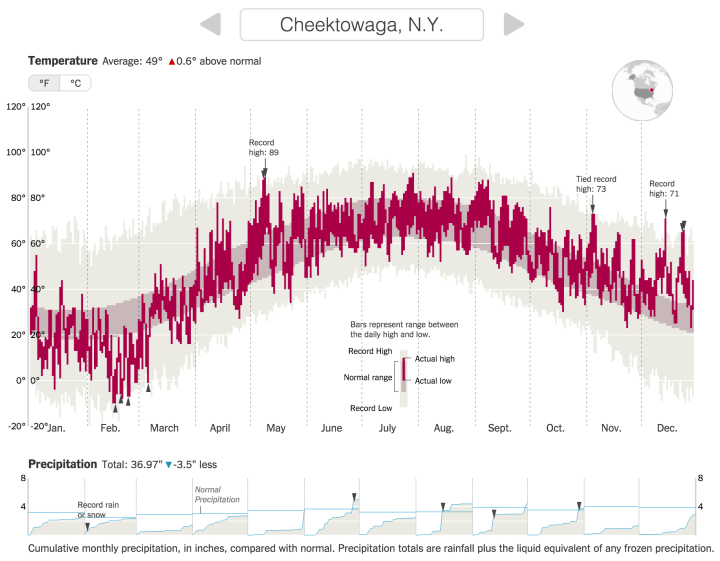
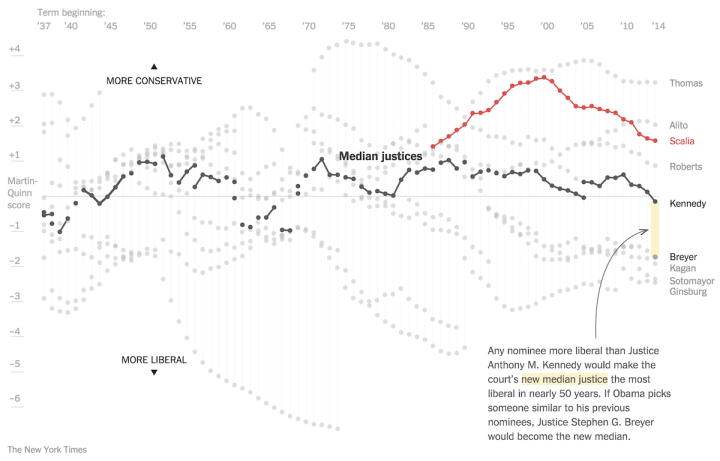


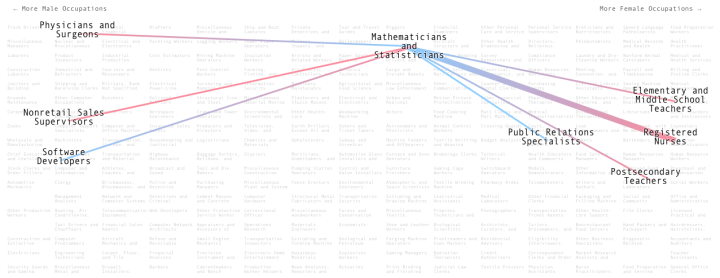
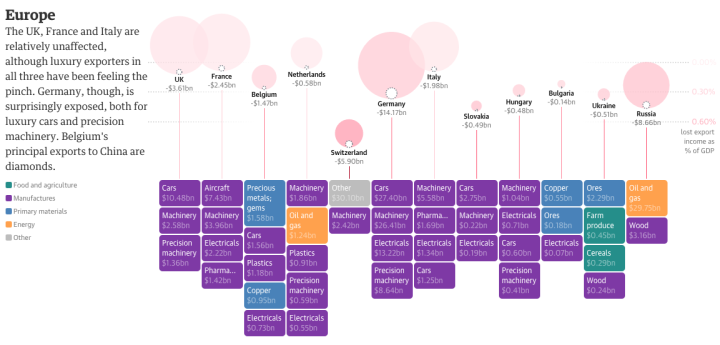

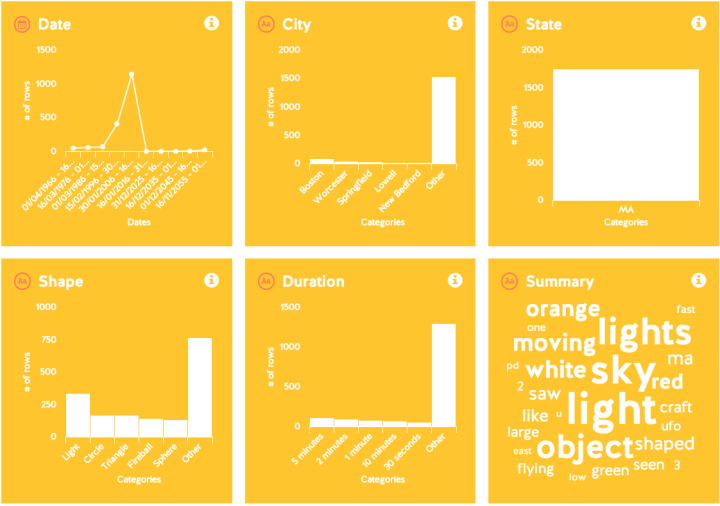










 Visualize This: The FlowingData Guide to Design, Visualization, and Statistics
Visualize This: The FlowingData Guide to Design, Visualization, and Statistics
